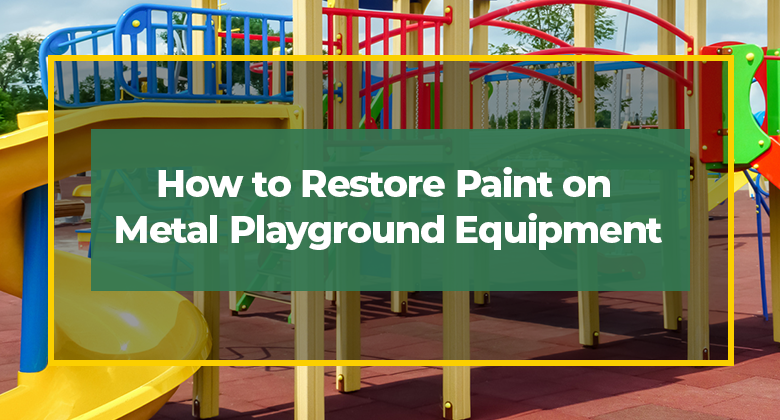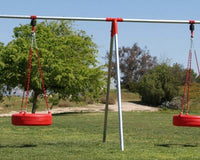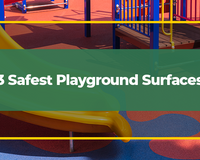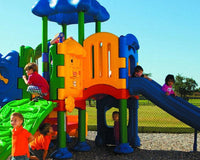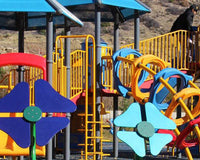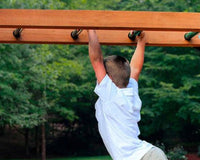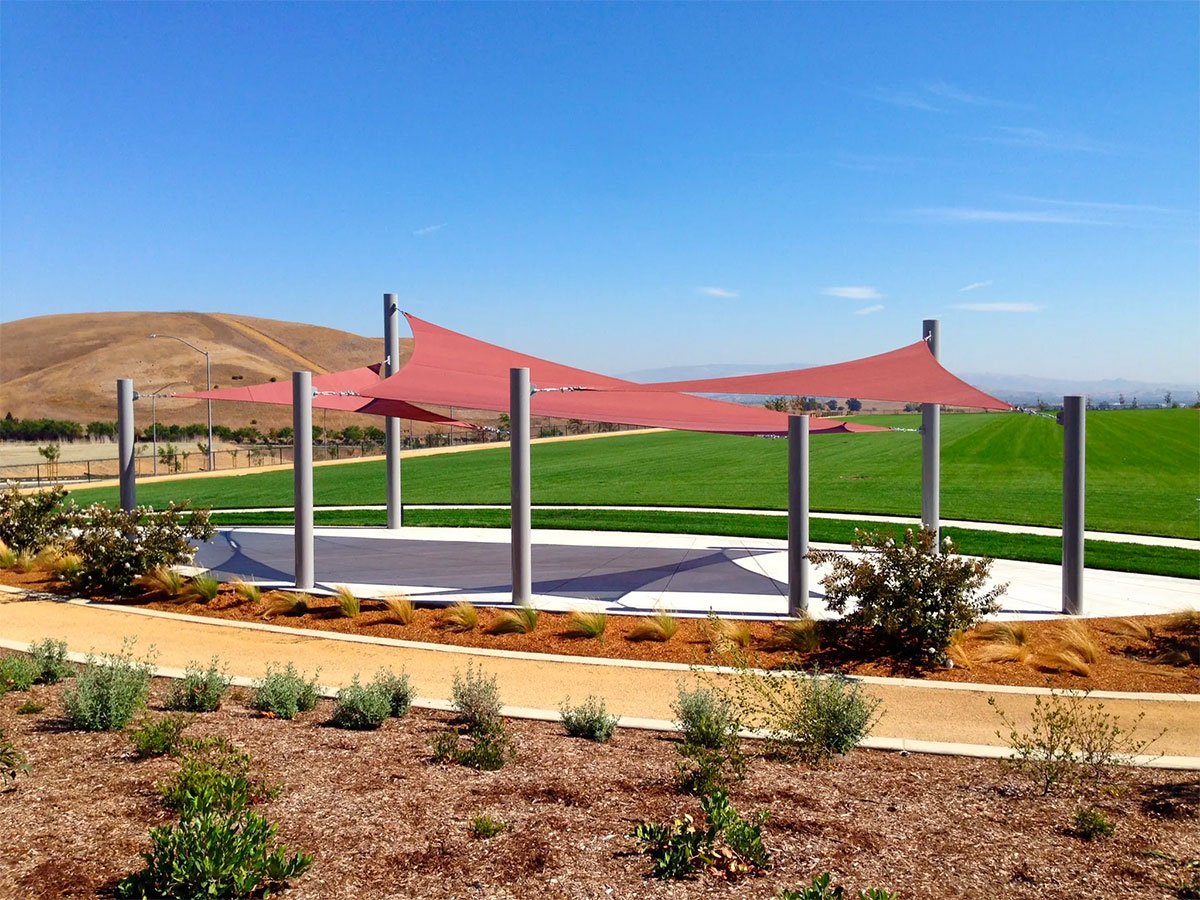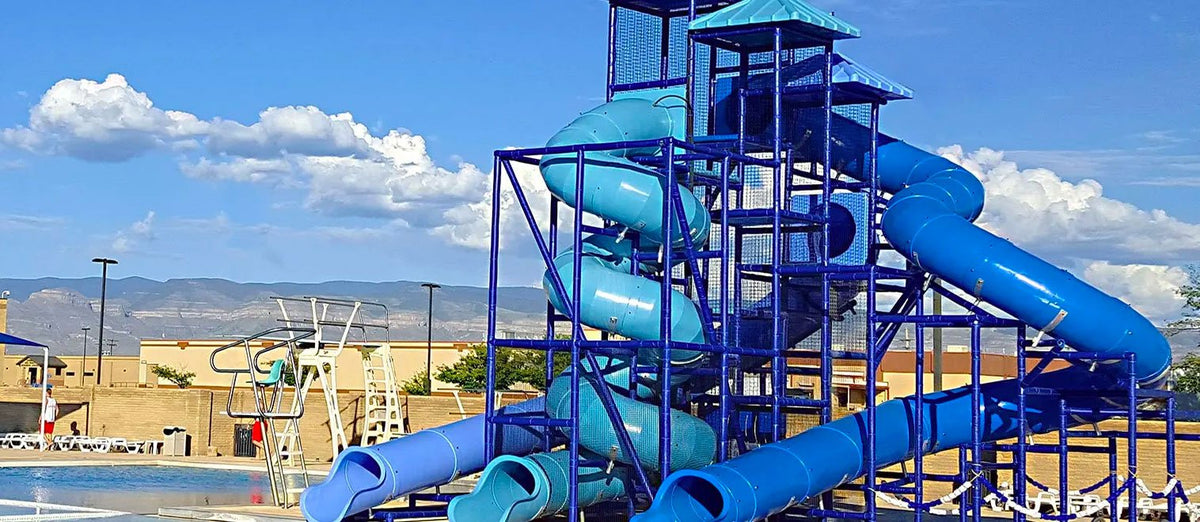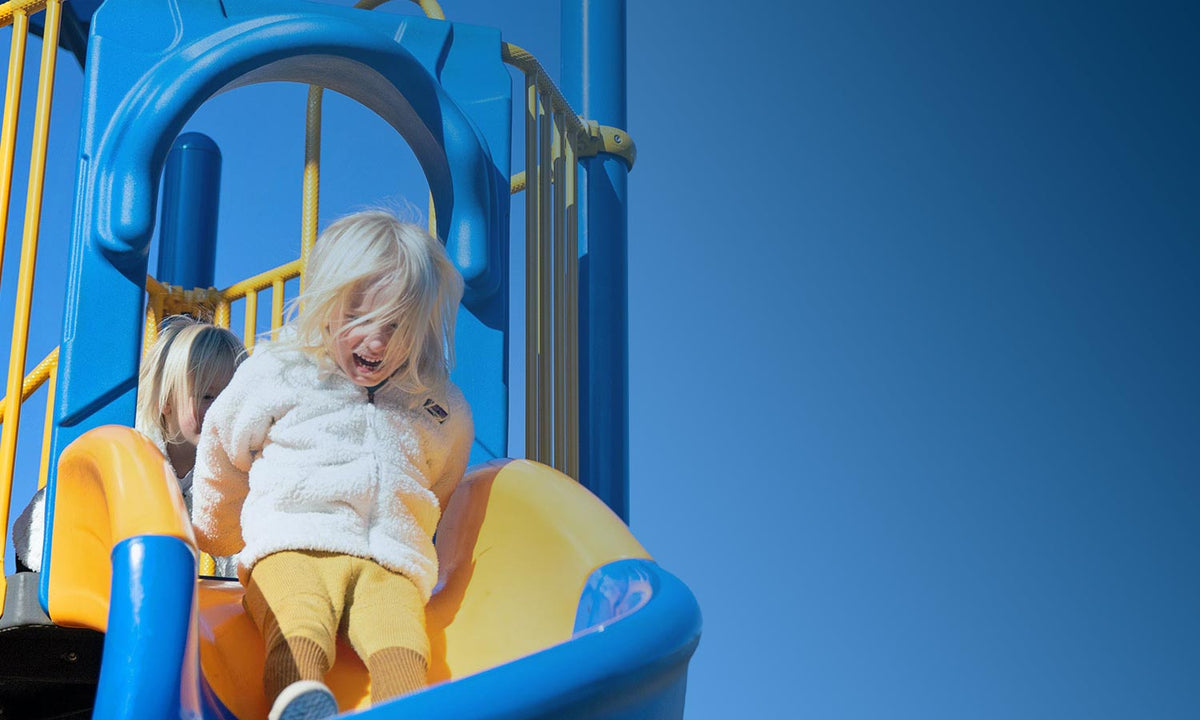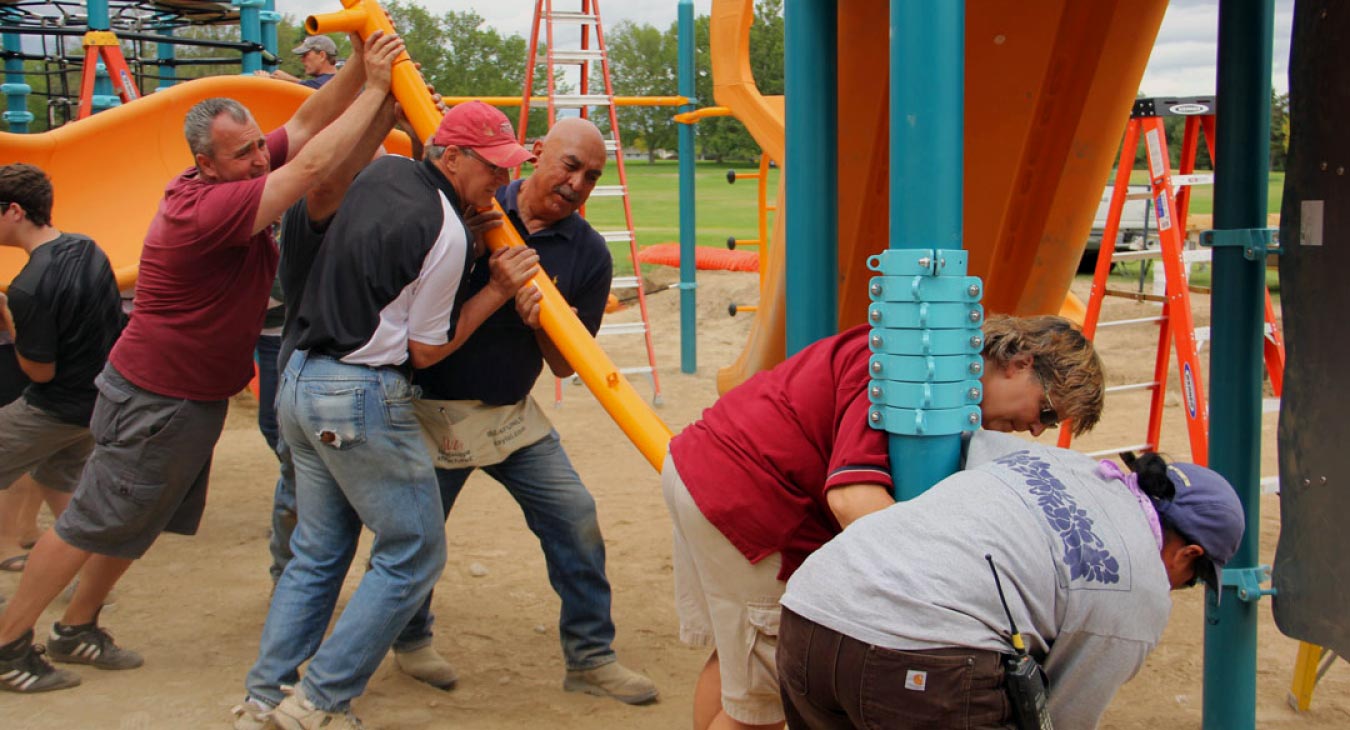Ensuring the safety and longevity of metal playground equipment is of utmost importance when it comes to the well-being of children and the overall appearance of the play area. The restoration of paint on such structures is not merely a matter of aesthetics but a crucial step in preventing hazards, corrosion, and rust.
This comprehensive guide will walk you through the essential steps in preserving and restoring the paint on metal playground equipment, providing you with the expertise needed to learn how to paint playgrounds and have a successful restoration.
Assessing the Paint's Condition
Before delving into the restoration process, it's essential to assess the current state of the paint on metal playground equipment. Start by examining the entire surface for visible signs of deterioration, including chipping, peeling, or cracking.
Pay close attention to areas where rust might be forming, such as joints, corners, and spots where the paint has worn thin. Fading and discoloration are also indications of deteriorating paint.
Use a wire brush to gently remove loose or flaking paint and inspect for underlying rust. Identify areas where the paint has worn away entirely, exposing the metal. Identifying these problem areas is crucial for a successful restoration and ensures the equipment's durability and safety.
Necessary Tools and Materials
To restore the paint on metal playground equipment effectively, gather the essential tools and materials, which include:
- Wire brush: A high-quality wire brush is vital for removing loose or flaking paint and scrubbing rust from the metal surface.
- Sandpaper: Varying grits of sandpaper are necessary to smooth the surface before applying new paint.
- Rust-inhibiting paint: Choosing rust-inhibiting paint is highly recommended to prevent future rust formation.
- Cleaning supplies: Mild detergent, water, and a clean cloth or sponge are essential for ensuring the surface is free from dirt, grease, and contaminants before applying new paint.
These tools and materials are crucial for achieving a professional and long-lasting restoration of playground paint.
If you want to make sure the tools you choose are the right ones for the job, WillyGoat can help with that.
Preparing the Surface
Properly preparing the metal surface is key to a successful restoration. Begin by thoroughly cleaning the playground equipment using a mild detergent and water solution. Remove any loose or flaking paint with a wire brush or scraper, paying special attention to areas with rust, ensuring a smooth surface.
After removing the old paint and rust, use coarse-grit sandpaper to smooth the metal surface further, enhancing paint adhesion. Once the surface is smooth, wipe it down with a clean, damp cloth to remove any dust or debris.
Allow the metal to dry completely before applying new paint. This meticulous preparation is essential for achieving a long-lasting and professional-looking finish.
Priming the Surface
Priming the metal surface is critical in preventing corrosion and ensuring proper adhesion of the topcoat paint. When selecting a primer, choosing one specifically formulated for metal surfaces is essential.
Different types of metal may require different primers, such as zinc-based primers for galvanized steel or red-oxide primers for ferrous metals. The primer acts as a barrier, preventing moisture and oxygen from reaching the metal surface and causing corrosion.
It also creates a smooth and uniform base for the topcoat paint to adhere to, ensuring a longer-lasting finish. Apply the primer evenly and allow sufficient drying time for maximum effectiveness.
Applying Paint
For effective painting, ensure the surface is clean and free from dust, dirt, and grease that might affect paint adhesion. After confirming the surface is clean and dry, use a rust-inhibiting primer to maximize adhesion and protect against future rust formation.
Select high-quality paint designed for metal surfaces, ideally in a color that complements the playground's surroundings. Apply the paint using smooth and overlapping strokes to ensure complete coverage.
Consider using a small brush or spray method for consistent application in intricate or hard-to-reach areas. Apply several thin coats of paint, allowing each coat to fully dry before adding the next.
This step enhances durability and provides better protection. Regular maintenance, including occasional touch-ups, is crucial for maintaining the vibrancy and integrity of painted metal playground equipment.
Detailing
Achieving a polished and professional finish on metal playground equipment's small and intricate parts requires precision and careful attention. Use fine-grit sandpaper or a sanding block to gently remove any remaining rust or old paint from these intricate areas.
A small, soft-bristled brush can effectively clear debris from crevices and corners. Apply a rust-inhibiting primer to these detailed areas before painting to ensure long-lasting protection. When painting these intricate parts, use a small, high-quality brush for precise application.
Take your time during the detailing process, applying thin, even coats and allowing each layer to dry completely before proceeding. Paying close attention to detail during painting will result in beautifully restored and professionally finished playground equipment.
Drying and Curing
The drying and curing process is crucial for ensuring the longevity and durability of the paint on metal playground equipment. Proper drying conditions include a well-ventilated, dust-free environment with moderate temperature and humidity.
Each coat of paint must be fully dry before applying the next to prevent issues like cracking, peeling, or an uneven finish. Curing, the chemical process that allows the paint to reach its maximum hardness and adhesion further enhances its durability.
The duration of curing can vary depending on the type of paint used and environmental conditions. Safety precautions during drying include ensuring adequate ventilation, using appropriate personal protective equipment, and keeping the area clear of children and pets to prevent accidental contact with wet paint.
Safety Considerations
Safety considerations during the restoration of metal playground equipment extend to protecting workers and users and properly disposing of old paint and materials. Workers should use personal protective equipment like gloves, goggles, and masks to prevent exposure to paint particles and chemicals.
It's crucial to cordon off the area during restoration to prevent children from coming into contact with wet paint or hazardous materials. After completing the restoration, display clear signage to inform users about the freshly painted equipment and advise them to avoid contact until the paint is fully cured.
Conclusion
In conclusion, paint restoration on metal playground equipment is not just about aesthetics; it's a critical step in ensuring safety and enhancing the longevity of the equipment.
Thorough surface preparation and applying rust-inhibiting paint are vital for maintaining the appearance and integrity of playground structures. Regular inspections, cleaning, and touch-ups further contribute to their durability.
For more in-depth guidance and a comprehensive range of playground solutions, consider consulting experts like our team of experts at WillyGoat, who have over 20 years of experience providing high-quality playground equipment resources.


